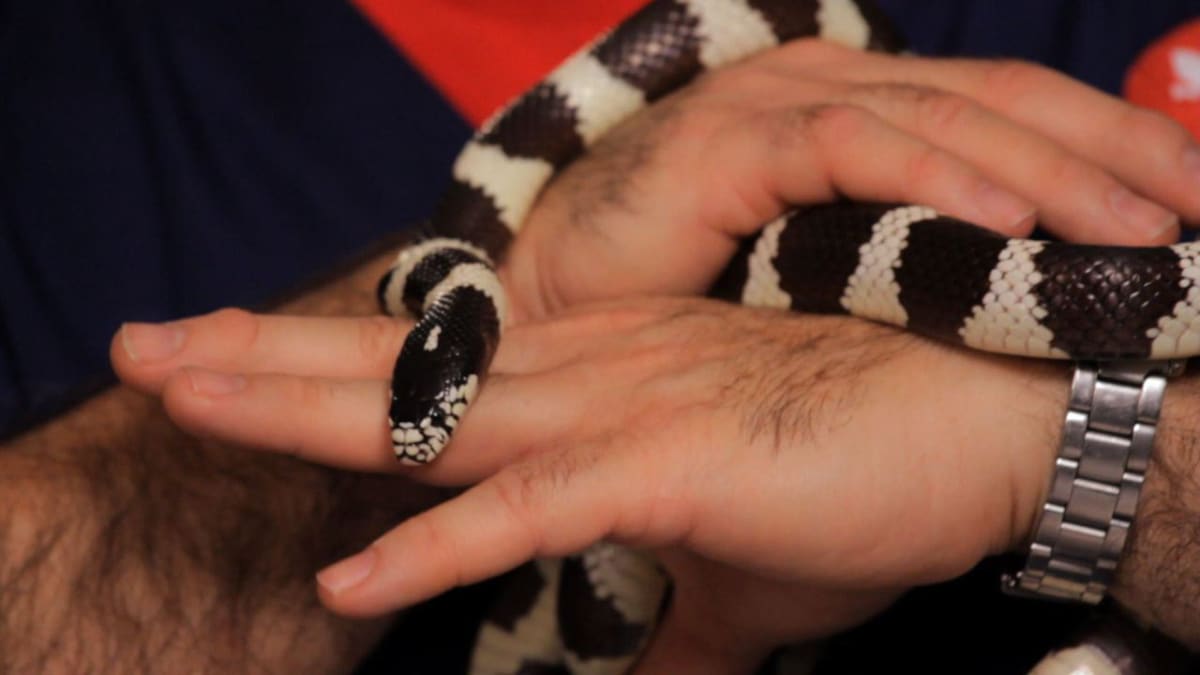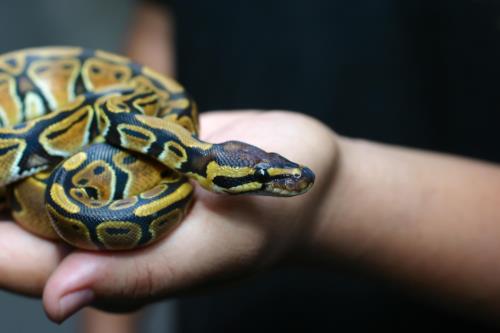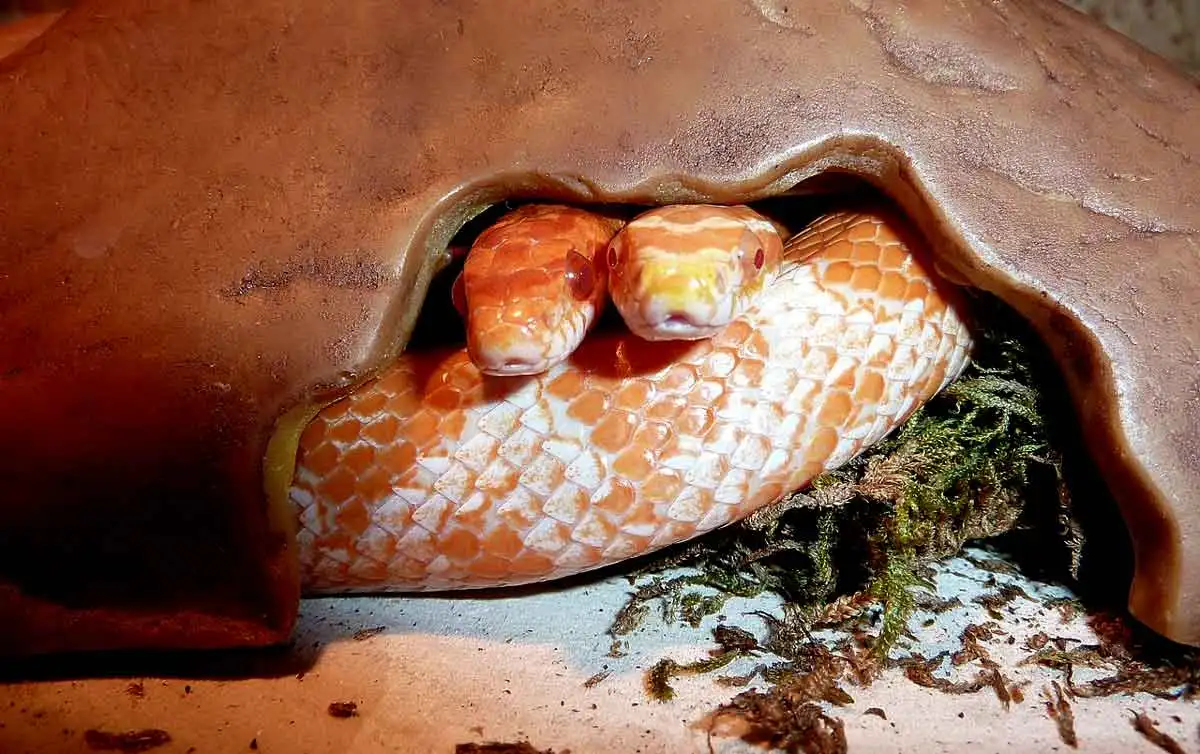Accept the Exotic: Snake for Sale Choices Await Exploration
Accept the Exotic: Snake for Sale Choices Await Exploration
Blog Article
Necessary Care Tips for Animal Snakes: A Novice's Guide
As amateur reptile enthusiasts begin on the trip of caring for pet snakes, recognizing the fundamental principles of appropriate husbandry is paramount. From selecting the right serpent species to producing an ideal habitat and preserving ideal ecological problems, each step plays an important duty in cultivating a thriving connection between proprietor and snake.
Picking the Right Snake Species
When selecting a serpent types as an animal, it is crucial to take into consideration variables such as character, dimension, and treatment demands. Dimension is a necessary factor to consider as it directly influences the space required for the snake to grow easily.

Establishing the Ideal Enclosure
To create an optimal living environment for your pet serpent, thorough focus to information is called for when establishing up the room. The very first consideration is the size of the enclosure, guaranteeing it gives enough room for your serpent to walk around and extend comfortably. A basic guideline is to have a storage tank that is at least as long as the serpent's size and broad enough to enable numerous concealing spots and a water bowl.
Substratum choice is essential, as it not just impacts the aesthetic appeals of the enclosure yet also plays a duty in preserving proper moisture levels. Popular substratums include aspen shavings, cypress compost, and paper towels, each offering various advantages depending on the snake varieties and wanted moisture degrees.
Incorporating a temperature gradient is vital for your snake's general health. Utilize warm lamps, warmth pads, or ceramic heating systems to produce a cozy side and a cooler side within the room, permitting your snake to control its body temperature as needed. In addition, offering appropriate lighting, hiding places, and climbing branches will use enrichment and stimulation for your animal serpent.
Providing Appropriate Home Heating and Lights
Proper home heating and lights are important elements in developing a suitable habitat for your family pet serpent. Snakes are ectothermic, implying they depend on exterior sources of heat to control their body temperature level. To resemble their natural surroundings and ensure your serpent's health, it is crucial to provide an appropriate warm slope within the unit. This slope consists of a warm basking spot at one end, maintained at around 85-90 ° F for many snake types, and a cooler location around 75-80 ° F at the various other end to enable thermoregulation.
For heating, under-tank home heating pads or warmth tape are frequently utilized to develop a warm area for your snake to bask. Additionally, serpents need a consistent light-dark cycle to keep their circadian rhythm.
Keep in mind to research the specific home heating and lighting needs for your snake species to supply a healthy and balanced and comfortable setting for your animal. snake for sale.
Developing a Feeding Regimen
Serpents have varying feeding frequencies based on their types, age, and dimension. Generally, grown-up serpents are fed once every 1-2 weeks, while younger serpents might call for more regular dishes.
When feeding your resource serpent, select properly sized target things. The size of the prey must match the serpent's girth for correct digestion and to avoid regurgitation. Icy target items are recommended as they present much less threat to your snake contrasted to live target, which can wound the snake during feeding.

Handling and Mingling Your Serpent
When managing and mingling your family pet snake, it is essential to method with care and respect for their natural behaviors and boundaries. Serpents page are singular pets by nature and may not choose social communication like various other family pets. With mild and constant handling, many serpents can come to be accustomed to human call.
Before attempting to manage your snake, make sure that they are comfy and not in shed or digestion mode, as this can make them much more irritable. Approach your snake steadly and with confidence, supporting their body properly to make them really feel safe. Avoid unexpected motions or loud noises that can startle them.
Beginning with brief handling sessions and gradually raise the time as your serpent comes to be a lot more accustomed to being held. Be observant of their body movement - if they show indicators of anxiety like hissing, rapid tongue flicking, or curling tightly, it's ideal to put them back in their unit.
Bear in mind that not all serpents take pleasure in dealing with, and it's important to value your animal's choices. Routine, mild communications can assist construct depend on and minimize you can find out more anxiety for your snake, causing a more positive partnership between you both.
Final Thought
In final thought, it is essential for novice serpent owners to very carefully choose the best serpent varieties, established a suitable room, give adequate heating and illumination, develop a feeding routine, and handle their snake appropriately. Adhering to these care tips will certainly ensure the well-being and happiness of the family pet serpent, creating a harmonious connection in between proprietor and reptile.
When selecting a serpent species as an animal, it is important to consider elements such as size, character, and care demands. Some serpents, like the Corn Serpent, often tend to be forgiving and manageable of taking care of, making them ideal for those new to snake possession. Looking into and recognizing these demands details to the species you are considering is crucial to supply appropriate care and ensure the snake's health. Commonly, grown-up snakes are fed when every 1-2 weeks, while younger serpents might need more constant dishes.

Report this page